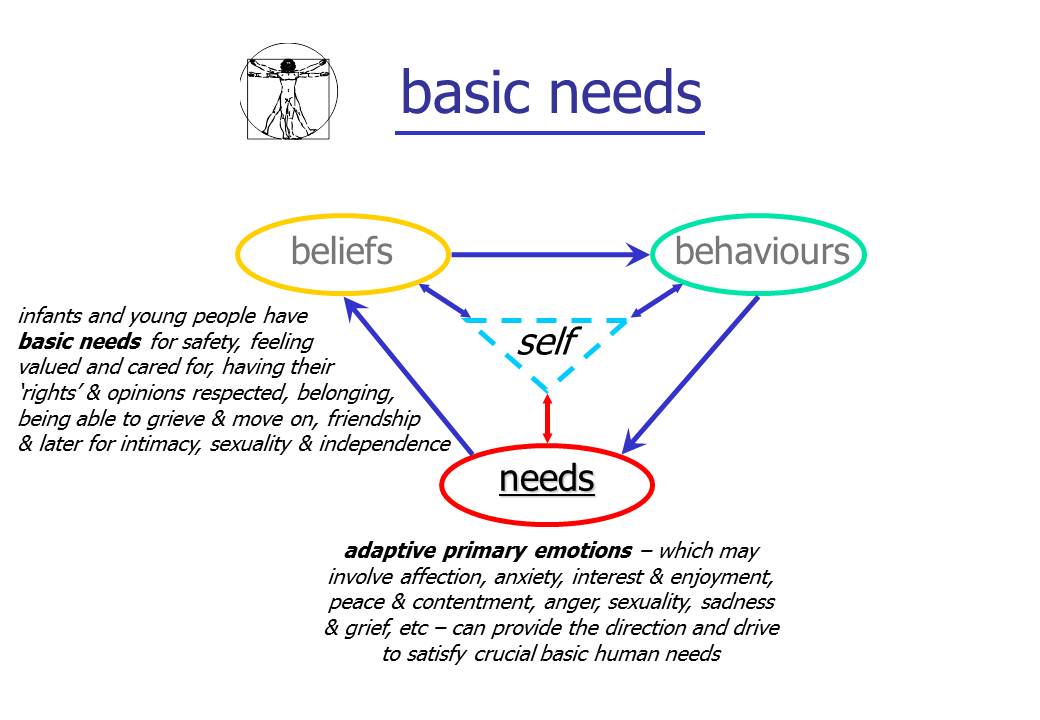Ch.13: Life Stages & Aging
“From the place where we are right/Flowers will never grow/In the spring.
The place where we are right/Is hard and trampled/Like a yard.
But doubts and loves/Dig up the world/Like a mole, a plow/And a whisper will be heard in the place/Where the ruined/House once stood.
” - Yehuda Amichai
Research. Stages/Tasks. Vaillant. Kohlberg. Adult "maturation tasks". Retirement. Death.

